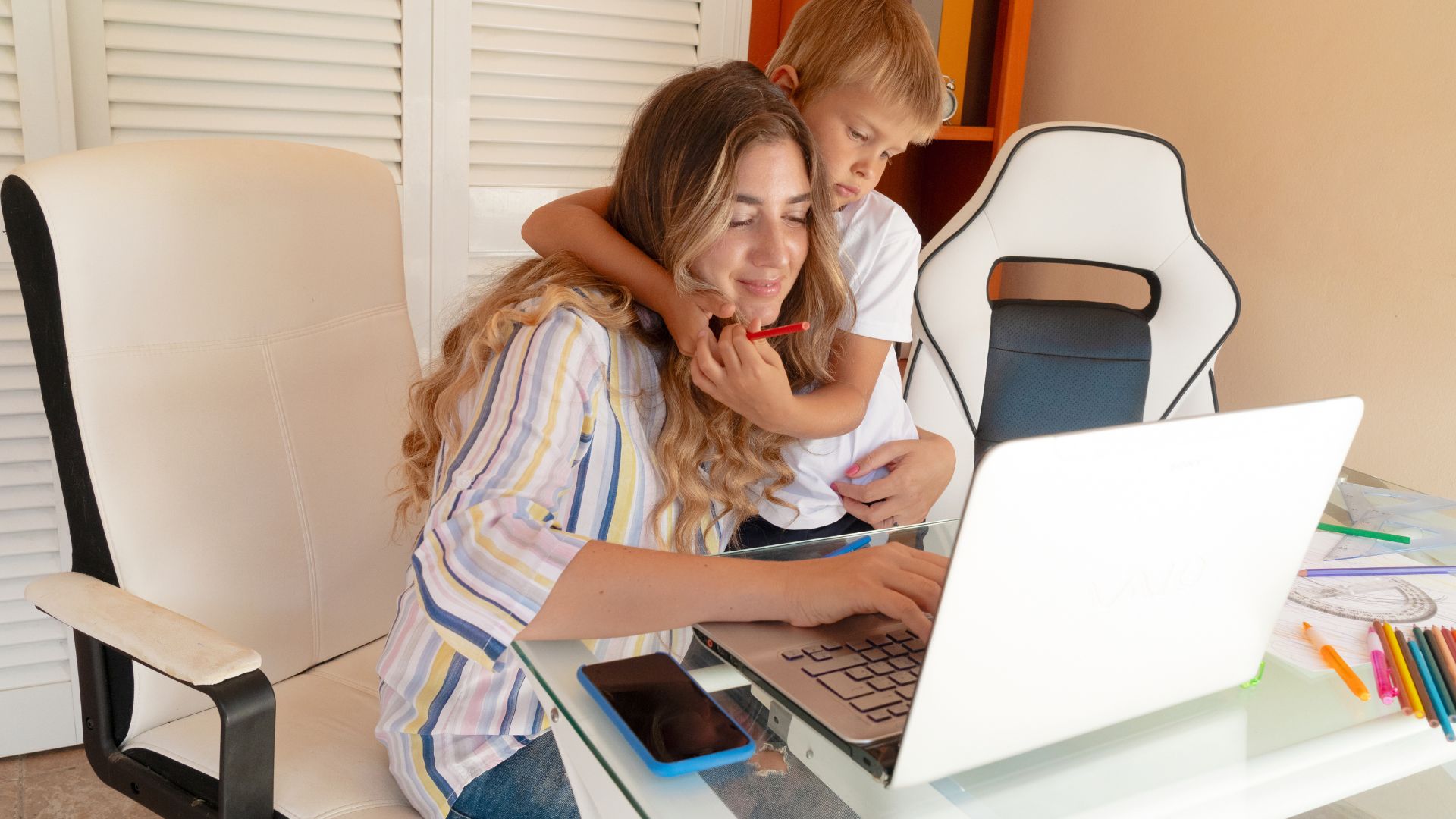 Let me just start this article by saying that I have great respect for all parents. We are all incredibly hard working, dedicated, and loving individuals. For some, that means working out of the home, and for others, it means that we chose to leave the workforce to be home with our children. As parents, we constantly sacrifice our schedules, sleep, and sanity (okay, maybe not completely, but I’m sure that you’ve had days where you felt like that) for our children.
Let me just start this article by saying that I have great respect for all parents. We are all incredibly hard working, dedicated, and loving individuals. For some, that means working out of the home, and for others, it means that we chose to leave the workforce to be home with our children. As parents, we constantly sacrifice our schedules, sleep, and sanity (okay, maybe not completely, but I’m sure that you’ve had days where you felt like that) for our children.
For those parents who make the choice to stay at home with their babies, it’s a wonderful time. As a stay at home parent, you still have a job-just not one that you clock in and out of. Parents who stay at home aren’t required to punch a time clock, or have a rigid schedule that they adhere to. While I’m not a proponent of extremely rigid schedules, I do believe in a flexible schedule to help encourage proper sleep habits in our babies.
Chances are, if you’re at home, you follow the baby’s schedule, whatever that may be. Unlike working parents, you don’t have to get the baby to a caretaker by 8:15 a.m. in order to make it to work on time, nor do you have to worry about baby napping exactly at 1:00 p.m., because that’s what the schedule says. While this is a wonderful problem to have, being able to follow your baby’s lead beyond the newborn stage can actually result in poor sleep habits, and an overtired child.
Yes, being at home allows us to adjust our day according to our child’s needs, but as the parent (and our baby’s first teacher), it’s really up to us to set the example and teach good sleep habits. For example, if you don’t have to get up for work at 5:30 a.m., you’re much more likely to put up with multiple night awakenings than you would be if you had to go to work the next morning. So how can stay at home parents ensure that their children learn good sleep habits?
The first step is to recognize the typical signs that your child may not be getting enough quality sleep:
• Is your baby displaying extreme fussiness?
• Does she have trouble relaxing during her bedtime routine?
• Are her naps inconsistent day-to-day?
• Does she have inconsistent wake times, ranging from extremely early to late morning?
• Is she waking up crying and acting like she really could use another nap or more sleep on a regular basis?
Many of the above questions are common problems that all parents face at one time or another. But if you are home with your child every day, you may not notice that there’s an opportunity for improvement: teaching good sleep habits. To do this, there are a few things that all parents can do.
Keep a Flexible Schedule and Consistent Routine
 Rigidity is not something that I advocate, but babies (all children, in fact), greatly benefit from a flexible schedule. To understand your baby’s sleep needs, I’ve created a comprehensive list of typical sleep schedules by age [link] that will help you create a positive daily routine for your baby.
Rigidity is not something that I advocate, but babies (all children, in fact), greatly benefit from a flexible schedule. To understand your baby’s sleep needs, I’ve created a comprehensive list of typical sleep schedules by age [link] that will help you create a positive daily routine for your baby.
Babies thrive on routine, so make sure that you are consistent day-to-day with your flexible schedule.
Be Conscious of Awake Time
Did you know that there are average awake times and average sleep times? Trying to keep your baby awake beyond this limit will result in an overtired, cranky and resistant sleeper. The amount of sleep is just as important as making sure that your baby isn’t awake for too long of a stretch.
Monitor Naptimes
Your baby needs their naps, and those naps need to be consistent [link to nap article] both with when they happen and where they happen. The best place for naps is at home, in your child’s room. It’s familiar, and already associated with sleep.
Make sure that your baby is getting enough sleep during the day, or he will not sleep at night. It may sound odd, but it’s true. Children who don’t sleep well during the day generally will not sleep well at night, either, which can lead to early awakenings.
As a parent, I realize that we don’t want to be tied to our home because of a rigid schedule, but it really is worth ensuring that naptimes happen at home. Some parents think that babies should be able to sleep anywhere…and that’s simply not true. Think about your sleep requirements. Could you fall asleep in a busy mall? Or at the park with bright lights and kids playing and laughing? Perhaps more importantly…would you want to? As adults, we require a cool, dark room and minimal noise to sleep. Your baby needs the same consistent sleep environment that you do.
A note from The Sleep Lady: If your baby currently is having sleep issues, you may not realize just how important it is that he has his naps and nighttime sleep on a consistent schedule. Once your baby is napping and sleeping well, you will know exactly why it’s so important to be consistent with location and times.
Teach Your Child How to Fall Asleep
Many parents don’t realize that sleep has to be taught. One of the perks of staying at home is the ability to use The Shuffle to help encourage your child to learn to fall asleep once they’re around 6 months old. The Shuffle can be used both at naptimes and at night, and is a gentle approach to helping your baby learn to sleep.
photo credit: limaoscarjuliet via photopin cc








